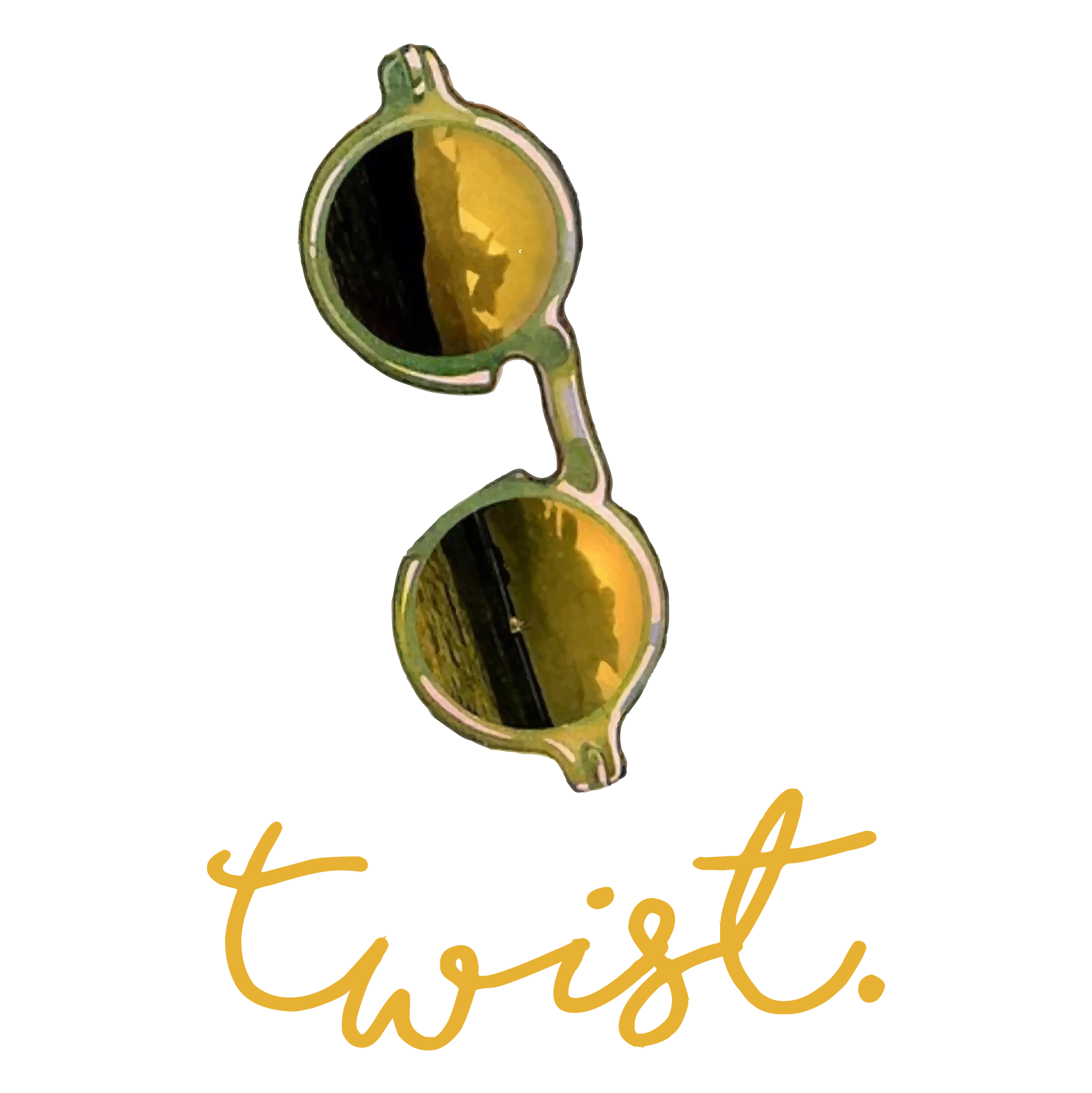Finally there is an optional PPP Borrower Demographic Information Form. It’s up to you whether you want to fill this out though it may be helpful to understand the demographics of business owners served by this program.
More FAQs About PPP Forgiveness
There have been a number of questions answered by the SBA, and they have been gathered in the Interim Final Rule published . We recommend you review that document carefully. There are still unanswered questions, however, so more guidance may be coming.
Generally, you can apply for forgiveness after you’ve spent your PPP funds (after your “covered period.”). However, note that a borrower applying for forgiveness of a Second Draw PPP Loan that is more than $150,000 must submit the loan forgiveness application for its First Draw PPP Loan before or simultaneously with the loan forgiveness application for its Second Draw PPP Loan.
If you delay too long, however, you may have to start making payments on the loan. The SBA explains: “If the borrower does not apply for loan forgiveness within 10 months after the last day of the maximum covered period of 24 weeks, or if SBA determines that the loan is not eligible for forgiveness (in whole or in part), the PPP loan is no longer deferred and the borrower must begin paying principal and interest. If this occurs, the lender must notify the borrower of the date the first payment is due.”
Will PPP forgiven balances be taxed?
No. And thanks to the Economic Aid Act you may also deduct eligible expenses paid for with PPP funds. Keep in mind state taxing authorities may treat these forgiven loan funds differently. Read: Are Forgiven PPP Loans Taxable?
Can I pay bonuses or increase salaries?
Yes, the SBA Administrator has determined that, if an employee’s total compensation does not exceed $100,000 on an annualized basis, as prorated for the period during which the payments are made or the obligation to make the payments is incurred, the employee’s hazard pay and bonuses are eligible for loan forgiveness because they constitute a supplement to salary or wages, and are thus a similar form of compensation.
Are there caps on the amount of loan forgiveness available for owner-employees and self-employed individuals’ own payroll compensation?
Yes. Forgiveness is capped at 2.5 months’ worth (2.5/12) of an owner-employee or self-employed individual’s 2019 or 2020 compensation (up to a maximum $20,833 per individual in total across all businesses). The individual’s total compensation may not exceed $100,000 on an annualized basis, as prorated for the period during which the payments are made or the obligation to make the payments is incurred.
For example, for borrowers that elect to use an eight-week covered period, the amount of loan forgiveness requested for owner-employees and self-employed individuals’ payroll compensation is capped at eight weeks’ worth (8/52) of 2019 or 2020 compensation (i.e., approximately percent of 2019 or 2020 compensation) or $15,385 per individual, whichever is less, in total across all businesses. For borrowers that elect to use a ten-week covered period, the cap is ten weeks’ worth () of 2019 or 2020 compensation (approximately percent) or $19,231 per individual, whichever is less, in total across all businesses. For a covered period longer than 2.5 months, the amount of loan forgiveness requested for owner-employees and self-employed individuals’ payroll compensation is capped at 2.5 months’ worth (2.5/12) of 2019 or 2020 compensation (up to $20,833) in total across all businesses.
In particular, C-corporation owner-employees are capped by the prorated amount of their 2019 or 2020 (the same year used to calculate loan amount) employee cash compensation and employer retirement and health, life, disability, vision and dental insurance contributions made on their behalf. S-corporation owner-employees are capped by the prorated amount of their 2019 or 2020 employee cash compensation and employer retirement contributions made on their behalf. However, employer health, life, disability, vision and dental insurance contributions made on their behalf cannot be separately added; those payments are already included in their employee cash compensation. Schedule C or F filers are capped by the prorated amount of their owner compensation replacement, calculated based on 2019 or 2020 net profit or gross income.


